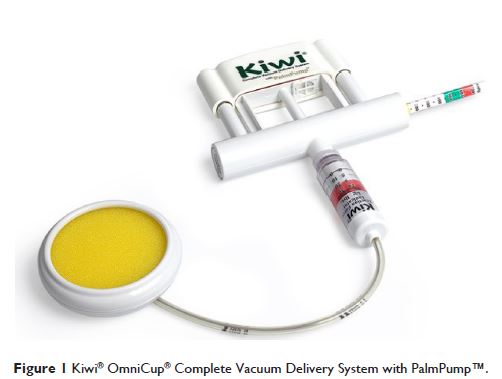9 7 0 5 2
论文已发表
注册即可获取德孚的最新动态
IF 收录期刊
- 3.3 Breast Cancer (Dove Med Press)
- 3.4 Clin Epidemiol
- 2.5 Cancer Manag Res
- 2.9 Infect Drug Resist
- 3.5 Clin Interv Aging
- 4.7 Drug Des Dev Ther
- 2.7 Int J Chronic Obstr
- 6.6 Int J Nanomed
- 2.5 Int J Women's Health
- 2.5 Neuropsych Dis Treat
- 2.7 OncoTargets Ther
- 2.0 Patient Prefer Adher
- 2.3 Ther Clin Risk Manag
- 2.5 J Pain Res
- 2.8 Diabet Metab Synd Ob
- 2.8 Psychol Res Behav Ma
- 3.0 Nat Sci Sleep
- 1.8 Pharmgenomics Pers Med
- 2.7 Risk Manag Healthc Policy
- 4.2 J Inflamm Res
- 2.1 Int J Gen Med
- 4.2 J Hepatocell Carcinoma
- 3.7 J Asthma Allergy
- 1.9 Clin Cosmet Investig Dermatol
- 2.7 J Multidiscip Healthc

Vacuum-assisted cesarean section
Authors McQuivey RW, Block JE
Received 9 December 2016
Accepted for publication 10 February 2017
Published 7 March 2017 Volume 2017:9 Pages 151—155
DOI https://doi.org/10.2147/IJWH.S129814
Checked for plagiarism Yes
Review by Single-blind
Peer reviewers approved by Dr Leyla Bahar
Peer reviewer comments 2
Editor who approved publication: Professor Elie Al-Chaer
Abstract: There has been a dramatic rise in the frequency of cesarean sections,
surpassing 30% of all deliveries in the US. This upsurge, coupled with a
decreasing willingness to allow vaginal birth after cesarean section, has
resulted in an expansion of the use of vacuum assistance to safely extract the
fetal head. By avoiding the use of a delivering hand or forceps blade, the
volume being delivered through the uterine incision can be decreased when the
vacuum is used properly. Reducing uterine extensions with their associated
complications (eg, excessive blood loss) in difficult cases is also a
theoretical advantage of vacuum delivery. Maternal discomfort related to
excessive fundal pressure may also be lessened. To minimize the risk of
neonatal morbidity, proper cup placement over the “flexion point” remains
essential to maintain vacuum integrity and reduce the chance of inadvertent
detachment and uterine extensions. Based on the published literature and
pragmatic clinical experience, utilization of the vacuum device is a safe and
effective technique to assist delivery during cesarean section.
Keywords: cesarean section, vacuum, forceps,
birth, delivery
